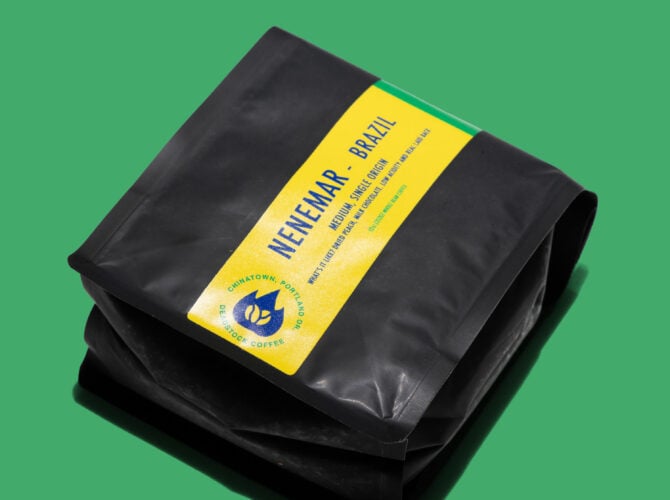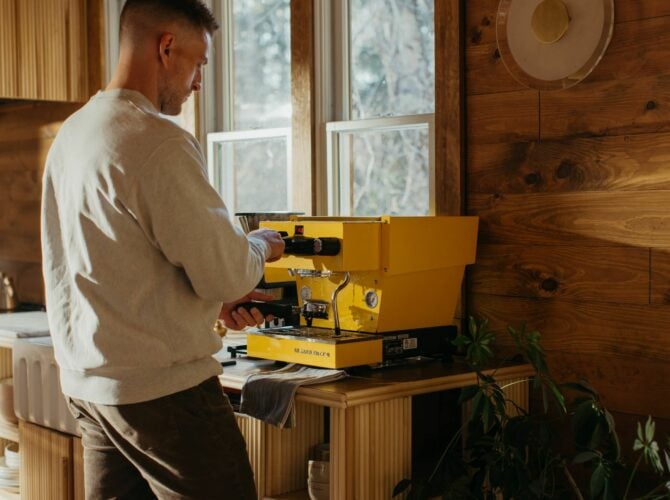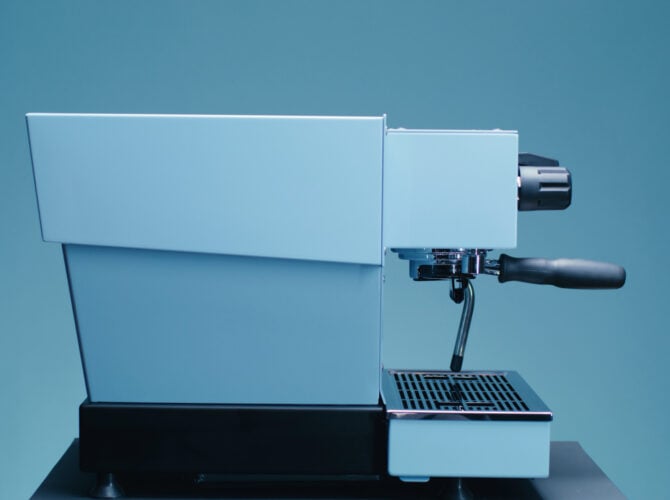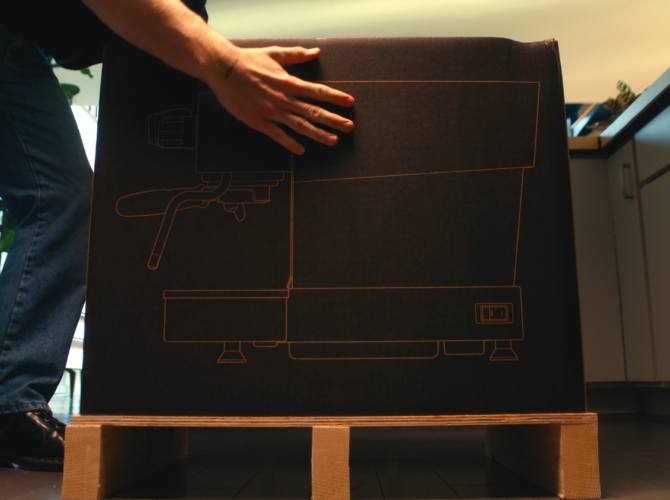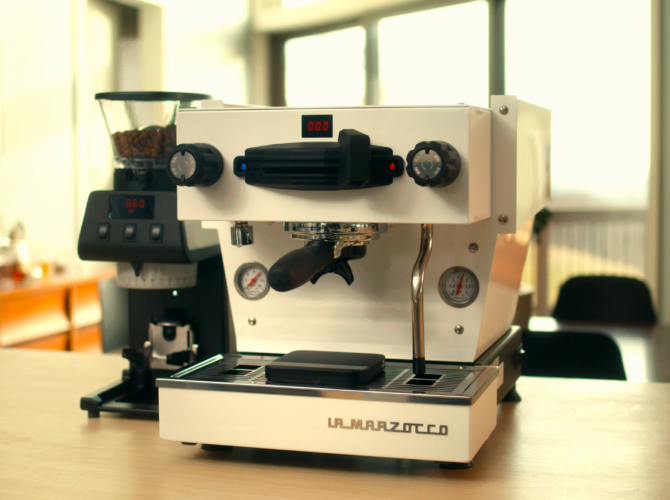Brew Ratios Around the World
A look at the wonderful world of espresso culture
Written by Ben Blake/Scott Callender
—

When brewing espresso, there are quite a few variables we’re looking to balance to the best possible taste out of a coffee. Understanding those variables comes with time and practice—but, one of the most important variables to control is also one of the easiest: brew ratio. A brew ratio is the weight of coffee grounds to the weight of liquid espresso in the cup. By changing the ratio of a shot, we can manipulate the taste and mouthfeel of the espresso.
Measuring brew ratio is easy with a scale. A scale allows for quick and easy measurement of both ground coffee and liquid espresso that ends up in the cup at the end of a shot.

Borrowing language from Italian espresso nomenclature, a 1:1 to a 1:2 is a Ristretto espresso, 1:2 to a 1:3 is a Normale espresso, and a 1:3 to a 1:4 is a Lungo espresso. There is wiggle room for interpretation here. For context, a cup of drip coffee from a coffee maker is around a 1:15 ratio.
A good exercise to show the affect brew ratio has on an espresso is to try the same coffee pulled as a 1:1, a 1:2 and a 1:3. Focus on things like mouthfeel, clarity, and any notes you can pick up and see how (or if) they change from ratio to ratio.
These personal preferences show up all around the world, and add a cultural flair to the world of espresso. Depending on where you live, you might see brew ratios play out in different ways in local cafes and coffee shops. Espresso isn’t the oldest beverage in the world, but it’s filled with cultural traditions that manifest themselves with the tastes of an area.

Ristretto
For instance, if you walked into Seattle’s Vivace Espresso, you might find a ristretto espresso, somewhere between a 1:1 or 1:1.5 ratio. David Schomer, the founder of Vivace, was an espresso pioneer and introduced this short style of brewing espresso to the Northwest. A ristretto shot is viscous with a heavy body, but can be lacking in clarity. A smaller brew ratio plays to the strengths of a darker-roasted, low-grown coffee that has chocolate and caramel characteristics. What ristretto espresso lacks in clarity, it makes up for in body or mouthfeel. At the time Schomer was introducing this style, Americans were adding large amounts of milk to their coffee. Ristretto shots shined through these larger milk drinks, and gave espresso lovers a completely novel straight shot of espresso.
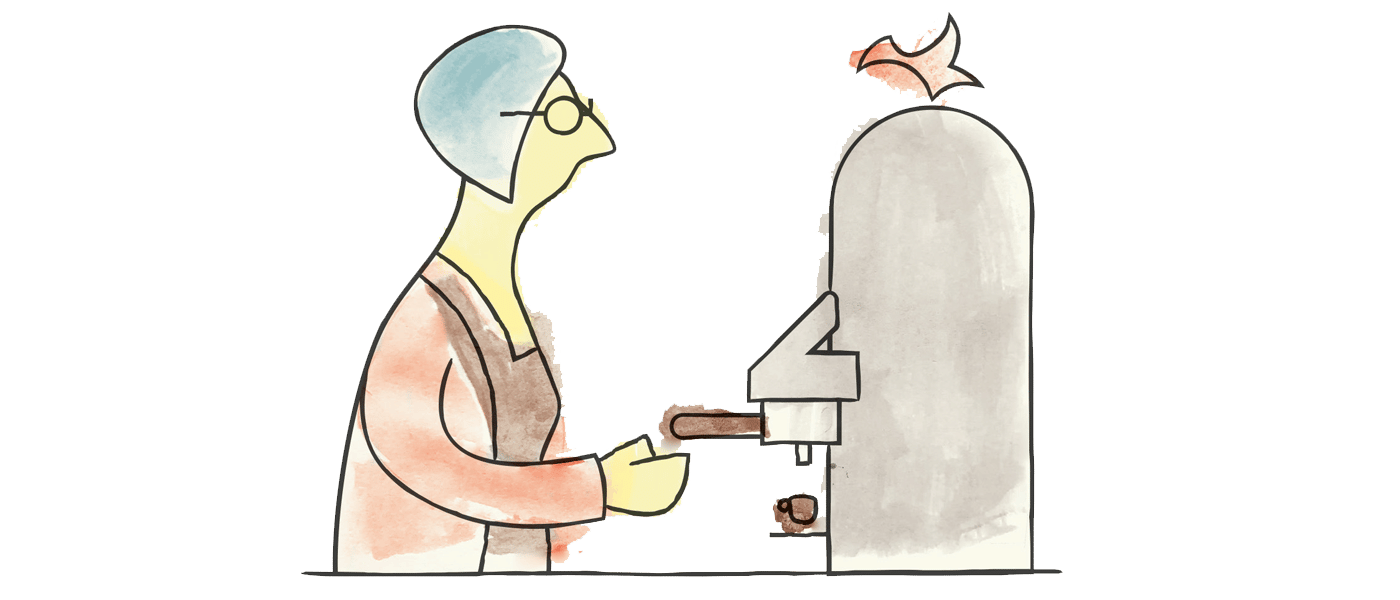
Normale
As lighter roasted, higher grown coffees have become more popular over the last few years, brew ratios have changed. These coffees can be more dense and harder to extract. Because of this, specialty coffee shops around the world have begun trending toward a normale espresso. A normale ranges between a 1:2 and 1:3 ratio. Increasing the ratio allows for more clarity in the espresso, and can help provide higher extraction percentages. As more and more single origin coffees are being used as espresso, it has become necessary to experiment with higher brew ratios.
Of course, when talking about espresso, it’s impossible not to mention the birthplace of the espresso machine. If you’ve been to Italy, chances are you’ve either had an espresso or been in a cafe that serves espresso. We often think of Italian shots as ristretto, because of the small amount of liquid. However, the traditional Italian method of making espresso is actually a 1:3 brew ratio—a formula they have used for decades. The difference in perception might come from the amount of coffee used, and a slightly higher ratio. While many specialty shops around the world use between 16-19 grams of coffee for espresso (yielding 32-38 grams of liquid), traditional Italian cafes use about 7 grams of coffee that result in a 21 gram single shot of espresso. Larger ratio, but smaller yield.
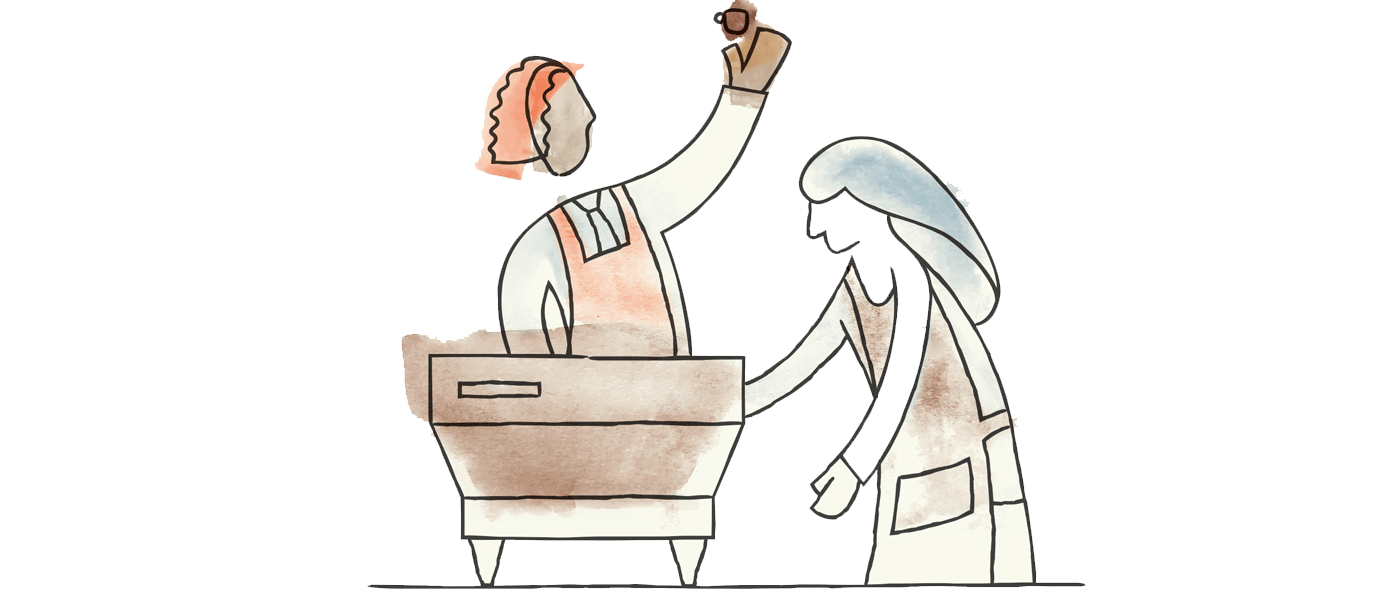
Lungo
Our understanding and processes surrounding coffee have changed over the years. Because of that, espresso has been in a constant state of change. Some baristas and coffee professionals have been expanding the definition of espresso by pulling lungo shots. Lungo shots are in the 1:3 range or even higher. By extending the brew ratio, clarity increases, body and viscosity decrease. Often, individual tasting notes more become evident and easier to pick out. This style of brew ratio begins to taste more like an Italiano, or even a cup of drip coffee. We’ve seen this style at Belleville Brûlerie in Paris, and during their residency at La Marzocco Cafe in Seattle. This style is becoming more and more popular and it’s not uncommon to find lungo shots being used to showcase single origin coffees in specialty shops.

Beyond
Why stop there? Matt Perger of Barista Hustle championed the idea of an even higher brew ratio early on, dubbing them “coffee shots” that fall as a 1:17 ratio. Cat & Cloud in California regularly serve their single origin “pourovers” brewed on an espresso machine. This method and huge ratio gives the espresso a body and mouthfeel somethere between filter coffee and a french press. While it is still somewhat rare to find, it’s telling of the current state of espresso across the coffee industry. Brew ratio is a preference, and baristas and home baristas are redefining espresso and expanding our understanding of how to use an espresso machine to create a delicious cup of coffee. Which is, of course, the ultimate goal.
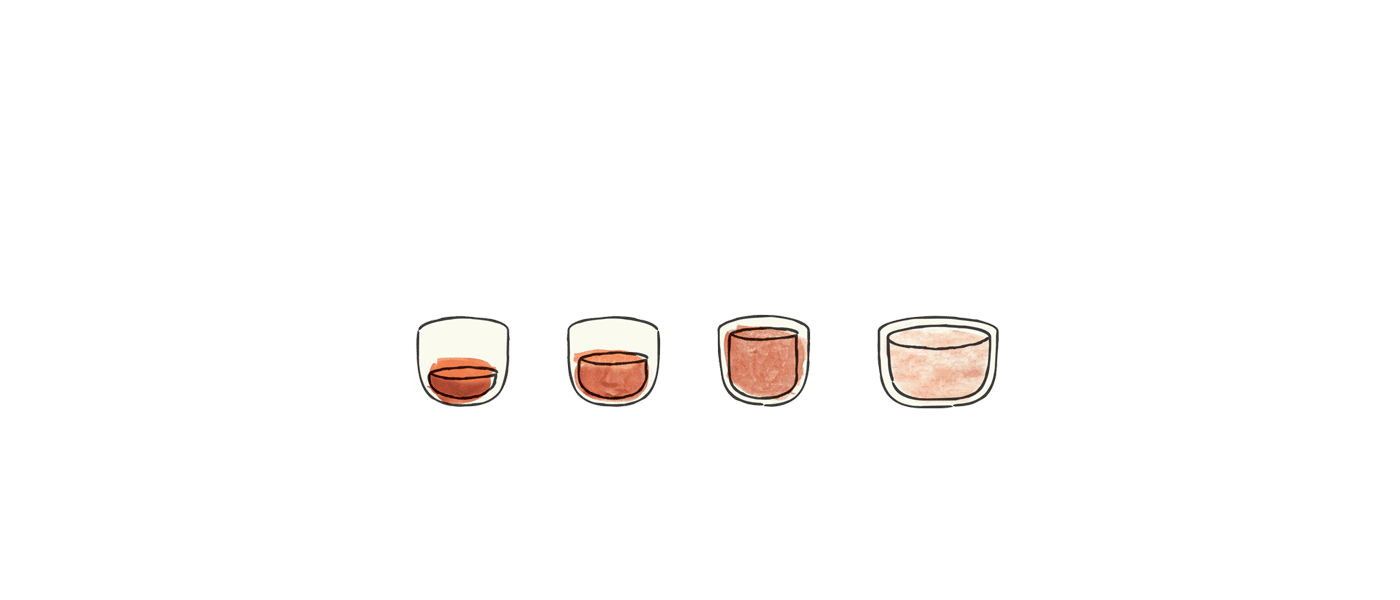
Every coffee is different, and your preferred brew ratio might change from coffee to coffee, but understanding brew ratio and your general preference will allow you to get the best out of your espresso machine.
To learn more about espresso, head on over to our Online Barista Classes or browse our blog for more Home Barista Tips & Tricks.
